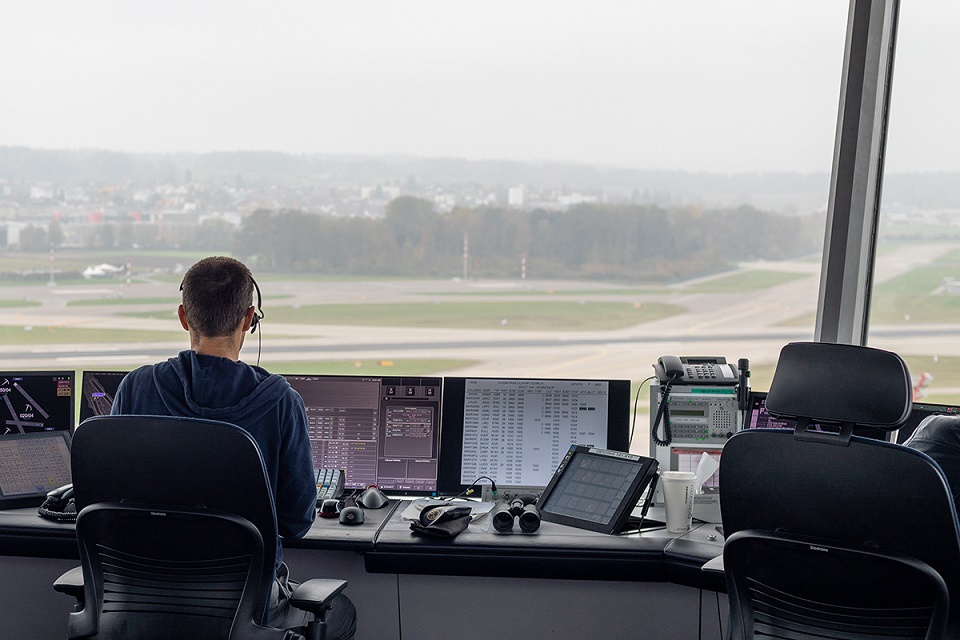Aviation
FAA Accelerates ATC Recruitment with Enhanced AT-CTI Program

The Federal Aviation Administration (FAA) is accelerating air traffic controller training and hiring under the Enhanced Air Traffic-Collegiate Training Initiative (AT-CTI) programme.
The FAA will be able to hire more people who can start facility training right away after graduation about the Enhanced AT-CTI programme, which will strengthen the present hiring pipeline.
The comprehensive curriculum given at the FAA Air Traffic Controller Academy may be presented at universities participating in the AT-CTI programme, according to FAA authorization. Upon graduation from one of the approved educational institutions, prospective hires can start localised training in an air traffic facility right away. These graduates still need to fulfil security and medical standards, as well as pass the Air Traffic Skills Assessment (ATSA) exam.
In April 2024, colleges will submit their applications to be a part of the Enhanced AT-CTI programme. The FAA will then partner with the colleges that are chosen to sign agreements that include the new curriculum. Now, the FAA has surveyed to find out which AT-CTI programme institutions can and would like to use the new improvements starting in the 2024–2025 academic year.
The FAA will oversee all programme requirements and has already offered guidelines on academy standards and coursework to ensure the best calibre of Enhanced AT-CTI graduating students. These educational institutions will adhere to all of the new Enhanced AT-CTI program’s participation, testing, technology, and monitoring guidelines.
Applications for air traffic controller positions can be found through the current AT-CTI programme, which is a non-funded collaboration between the FAA and a few schools and universities.
After the National Airspace System Safety Review Team Report was released, the FAA launched the Enhanced AT-CTI programme, one of many initiatives to boost controller numbers and enhance training. By December 2025, all seats at the FAA Academy will be filled, experienced controllers from the military and business sector will be hired year-round, and 95 locations will have enhanced tower simulator systems installed.

Aviation
Boeing, Antonov to Collaborate on Defense Projects

– MOU represents Boeing’s commitment to work with Ukrainian industry
– Includes exploring opportunities for collaborating on in-country support of Unmanned Aerial Systems
A Memorandum of Understanding was signed today by Boeing and Antonov Company to investigate potential collaboration on defense-related projects.
“We’re happy to keep collaborating with the Antonov Company to help Ukraine’s economic development and expansion,” stated Ted Colbert, CEO and president of Boeing Defence, Space, & Security.
Airbus and the Antonov An-225: The Best Partnership:Click here
“This agreement demonstrates our ongoing efforts to find more opportunities to work with Ukrainian industry, which was underscored by our signing of the Ukrainian Defence Industry Compact earlier this year.”
The areas of potential collaboration identified in the agreement consist of training, logistical support and overhaul services for tactical Unmanned Aerial Systems utilized by the Ukrainian Armed Forces, which includes the ScanEagle. In addition, the companies will also explore opportunities for Antonov to provide engineering support to Boeing.
The six largest cargo aircraft ever built in the aviation industry:Click here
“A strong, innovative, and efficient defense industry is key to sustainable economic development and national security, and we are extremely excited to collaborate with Boeing,” said Ievhen Gavrylov, CEO of Antonov Company.
This agreement brings a whole new level of opportunity to implement the latest and most effective solutions – in addition to the possibility of future projects with Boeing in the aerospace and defense industry.”
-

 Travel1 week ago
Travel1 week agoAir India to Expand US Operations with Three New Routes After a Decade
-

 Travel2 weeks ago
Travel2 weeks agoWhy We Should Avoid These Stamps in a Passport
-

 Airlines1 month ago
Airlines1 month agoInvestigations Reveal Fake Chinese Titanium in Boeing and Airbus Jets
-

 Tech4 weeks ago
Tech4 weeks agoChina’s CATL Plans 1,800-Mile Electric Plane Launch by 2027
-

 Airport3 days ago
Airport3 days agoTop 10 Largest Airports in the World by Size
-

 Aerospace4 weeks ago
Aerospace4 weeks agoChina’s Fighter Jets Turn Wings into Autonomous Drones
-

 Airlines4 days ago
Airlines4 days agoAir India Rolls Out A350s for Delhi-New York JFK and Newark Routes
-

 Defence3 weeks ago
Defence3 weeks agoBoeing Enhances Chinook with New Engines and Block II Upgrades at $96 Million







